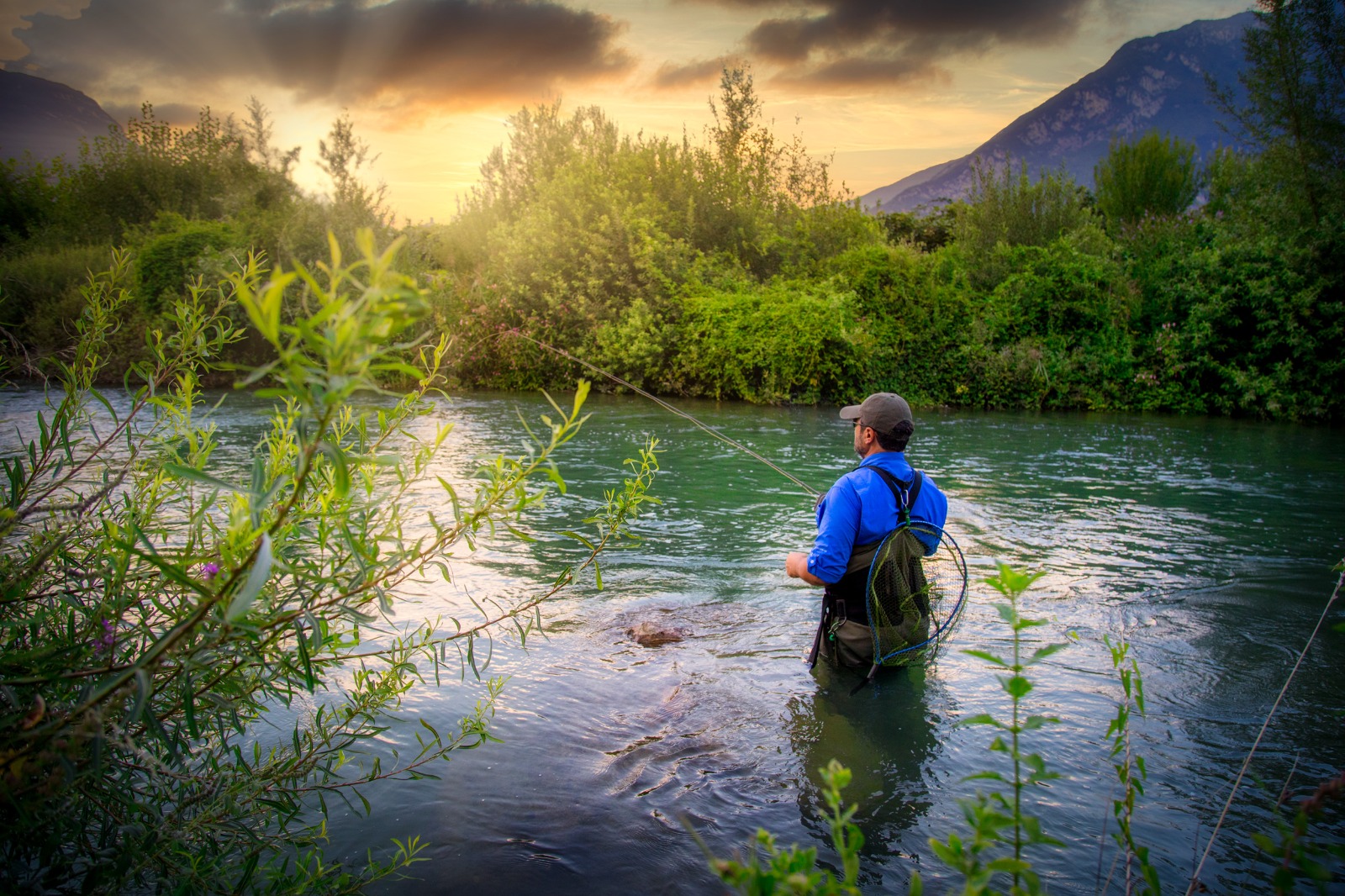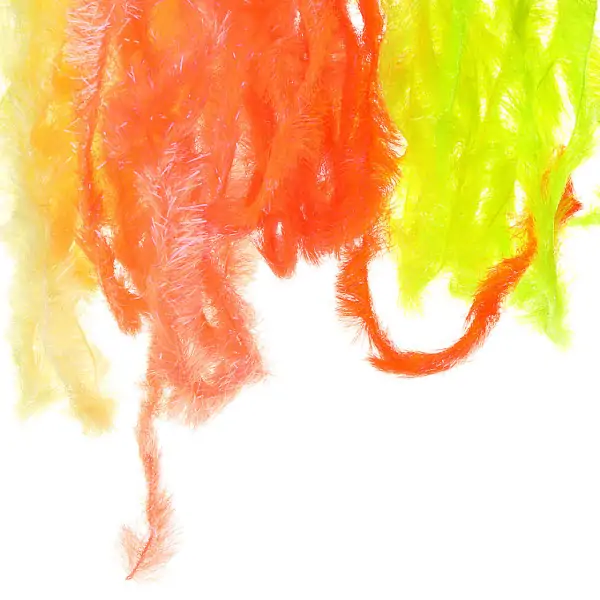Using salmon egg imitations in fly fishing is a popular technique in environments where salmon or trout spawn, particularly in autumn and early winter. The eggs are a very nutritious food source and predatory fish, such as trout, grayling and salmon themselves, are fond of them.
Salmon egg imitations, also called 'egg patterns', are baits that reproduce the colour, size and shape of salmon eggs. They are generally small (4 to 10 mm) and made of synthetic materials that give a semi-transparent and colourful appearance similar to that of real eggs. The most commonly used colours are pink, orange and yellow.
CaneUse a 10'# 2/3 rod ideal for medium-sized streams and rivers where these baits are most effective.
Rat TailUse a floating tail or a Euro Nymph.
Passive drift: The salmon egg works best with minimal retrieve and can be combined with one or more nymphs. Let it float freely along the bottom or just above it to imitate natural eggs carried by the current.
Strike Indicator: It uses a bite indicator to keep the bait at the right depth and detect light bites.
In some cases, salmon eggs are used in combination with other baits such as streamers or nymphs, creating a two- or three-fly fishing configuration that can be very productive.
Change of Colour and Size: Try different shades and sizes to find the one that attracts the fish most in the conditions of the moment. A slightly larger or lighter coloured egg may stand out in murkier waters.
Add Weight: Sometimes it can be useful to add a tungsten bead, especially in rivers with strong currents.

Fishing with salmon egg imitations in lakes can be equally effective, especially in lakes where trout are used to preying on eggs and small organisms on the bottom. In lakes, this technique is particularly useful near tributaries or areas where spawning is concentrated, attracting fish such as rainbow trout, brown trout and char.
Cane: A 10′ # 7 fly rod is ideal for dealing with lake conditions, where longer casts are often required.
Rat Tail: Use a sinking or semi-sinking tail to reach deep moving fish. In lakes, eggs are often found at or near the bottom, so it is essential to keep the bait at that depth.
Slow Drift: Once the desired depth is reached, perform a very slow and smooth retrieve, or let the natural current or the movement of the boat give the bait a natural movement.
Short Pull and Pause: An alternative is to make small movements and pauses, moving the bait intermittently close to the bottom. This simulates the natural movement of the eggs pushed by the current.
Very effective is to use them suspended from a floating/bang indicator.
In lake waters, you can combine the salmon egg with a nymph or small streamer on a multi-fly rig. The presence of the egg serves as an attractor, while the nymph or small fish can induce fish to bite if they are not attracted directly to the egg.
Depth Variation: Adjust the fishing depth to suit the changing position of the fish during the day. In the morning and late evening, fish tend to ascend to higher surfaces, while at midday they stay deeper.
Try Different Colours: Change the colour of the imitation depending on visibility and depth. Bright pink and orange work best in murky or deep water, while lighter, natural colours are useful in clear, shallow water.
Using egg imitations in a lake can bring excellent results when fish are active and ready to prey, making this technique a viable alternative for fishing in lake environments.
The best material for making eggs is Eggstacy 5 and 15 mm. It is a very soft chenille, just wrap it around the hook, taking care at each turn to bring it towards the bend of the hook. The hook I recommend is the Kamasan Animal in 10 and the Dohiku Hooks 645 in 12 and 14.















